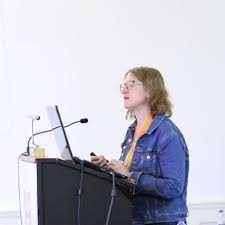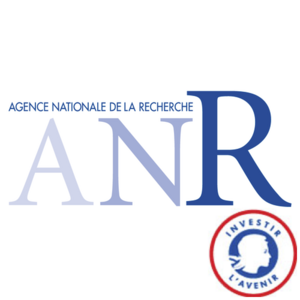
Axes de recherche
Thesis work
Promoting the acquisition of vocabulary in a foreign language: evidence for an early benefit of orthography on L2 spoken and written word learning in elementary-school children
The contribution of orthography has been reported for learning of low-frequency words in native language (L1; Rosenthal & Ehri, 2008) and of pseudowords (Ricketts, Bishop, & Nation, 2009) by using a paired-associate learning paradigm (PAL). These studies cannot fully account for foreign language (L2) word learning, for which both L2 spoken and written forms have to be linked into a pre-existing concept, which in turn, is already connected to phonological and (sometimes) to an orthographic representation in L1. Besides, L2 learning confronts children to different challenges, such as incongruent letter/sound mapping with L1, due to the larger overlap on written than on spoken modality between languages (Marian et al., 2012). Therefore, this doctoral work aimed to explore the benefit of orthography on L2 word learning in children and to determine whether this advantage was modulated by L1 reading skills. We also sought to determine the moderating effect of incongruent letter/sound mappings with L1 on L2 learning.
Using a PAL, we conducted three main L2 vocabulary learning studies by contrasting two learning methods, both simultaneous presentation of spoken and written (orthographic method) vs spoken forms only (non-orthographic method). As for learning phase, we made two groups of children (third vs. fifth graders) learn 16 (Study 1a) or 24 German words (Study 1b, Study 2). As for testing, we assessed learning performance with three main experimental tasks: a forced-choice picture recognition task (choose the correct image corresponding to the spoken form), a go/no-go spoken recognition task (discrimination between spoken German words and close phonological distractors) and an orthographic judgment task (select the correct German written form among three written distractors).






